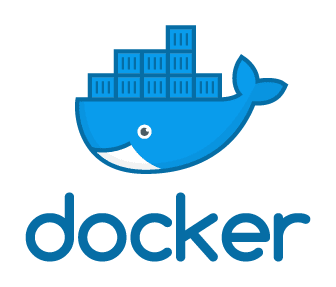Tag: Install
How To Install and Configure CloudPanel on Ubuntu 20.04
Everyone likes a good control panel to manage their servers. When a control panel is built for maximum security and performance, supports major clouds such as Google Cloud or Azure, and is free, what else can one do but try it. In this tutorial, we will cover the installation and configuration of CloudPanel, which is a free control panel that focuses on PHP applications.
How to Install and Configure Bashtop
What is Bashtop?
Bashtop is a command-line based resource monitor written in bash, which depicts usage and statistics for the CPU processor(s), RAM, hard disks, network sources, and other running processes. It also contains a customizable menu and a fully responsive terminal user interface.
What is Containerization?

Containers are the future of application development and hosting. They enable DevOps, developers, and system administrators to build, test, deploy, and maintain applications quickly, securely, and efficiently. Tools built around the containerization concept provide simple solutions for basic web applications. These advanced granular configuration options provide the control many enterprise applications may need.
How To Install Oracle Java 8 on Ubuntu 22.04
The Oracle Java 8 is a programming language that creates many of the applications and websites in use today. Its ubiquitous and stable nature makes it a favorite amongst Google and Android developers for the last 20 years. If you have a Liquid Web Core Managed Ubuntu LTS VPS server, contact our support team for help with installation. Otherwise, this tutorial guides you through how to install Java 8 (Java Development Kit) and set the path of the JAVA_HOME variable.
The Surprising History of Software Containerization

The arrival of containerized software has drastically changed the landscape of web hosting, and web application provides. The simplification and speed that comes with containers make deploying services like websites so efficient that the traditional model of dedicated servers running specific web-based software is almost obsolete. This being said, there will always be a place for virtual server projects and dedicated servers handling specific tasks like HIPAA compliant hosting services.
Docker For Beginners
What is Docker?

Docker is a containerization software that is used for automating the deployment and management of applications within an isolated environment. This software allows us to "pack" and ship an application, along with all of its needed files, libraries, and dependencies, into a "docker container". That container can then be easily ported to any Linux system that contain cgroups support within the kernel, and provides a container management environment. Docker is one of several containerization implementations (not to be confused with virtualization) based on this cgroups mechanisms built into the Linux kernel.
How to Install Docker on CentOS 8
What is Docker?
Before we begin, let's describe what Docker is. Docker is a set of virtualization tools that allows us to create, test, and deploy containerized applications quickly and easily on a dedicated server. It has become very popular and used almost everywhere in our daily lives. Thanks to containerization, we can quickly launch applications on different private cloud hosting platforms utilizing small bundles which contain all the needed packages, libraries and configuration file to run an application. These docker packages communicate via established network channels.
Installing Microsoft Powershell on Ubuntu 18.04
If you are a Windows administrator who has recently been tasked with administering a Linux-based Ubuntu server, you may find that utilizing Microsoft Powershell may help ease the transition into Linux, and allow you to be more productive. If you are a Linux administrator who is interested in exploring the options that Powershell provides, then this tutorial is for you as well.
Have you ever wanted to review past updates or roll back an update that broke your sites or negatively affected some aspect of your server’s operations? Well, you can accomplish this easily by using the yum history command.
Configuring WSGI on Ubuntu/Centos
This article outlines the process of configuring a Dedicated server for Python 3 web applications with Apache 2.4 using mod_wsgi.
Our Sales and Support teams are available 24 hours by phone or e-mail to assist.

